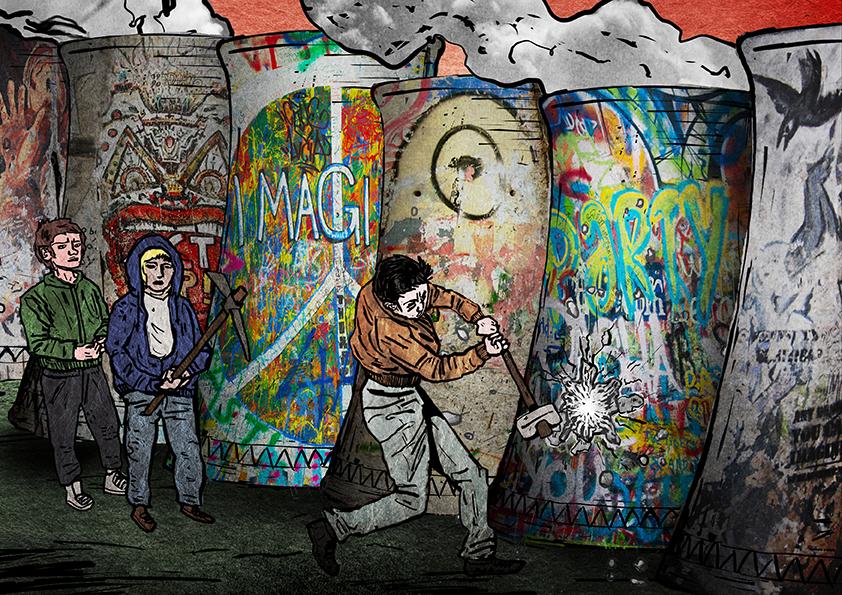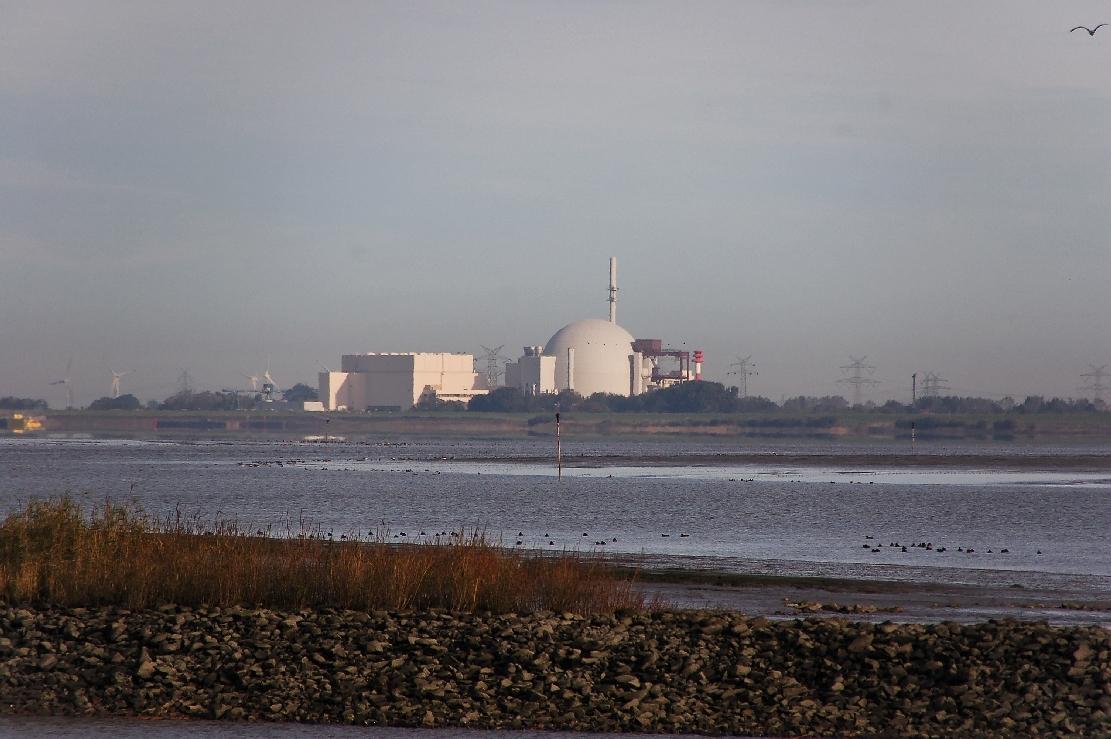Germany’s decision to get rid of nuclear power; the response to Fukushima.

Germany’s decision to eliminate
the use of nuclear energy has been closely associated with the Fukushima accident, to the point where it is often been considered hasty or extreme. However, Germany has been debating the use of nuclear energy for decades and its decision is only a step, albeit a large one, on a long path. Therefore, in order to fully understand the country’s decision it is necessary to comprehend the history of Germany’s nuclear power program and the intense controversy that existed within the country during the decades leading up to this recent decision.
The plant was not only built but is still in operation and is planned to remain in operation for many years to come.
Germany’s nuclear power program began in the late 1950s, and the first plants opened in the 1960s. And only a few years after the opening of the first commercial nuclear power plant, the anti-nuclear movements marked their presence through protests. The first incident of note occurred in 1970s, when local groups managed to prevent the construction of a plant in Wyhl through civil disobedience. There were many critics of the use of force by the police against the protesters, bringing even more attention to the issue at hand. The eventual decision to cancel the construction of the plant served as a stimulus for the formation of anti-nuclear groups in Germany and around the world.
However, over the following years not all movements were nearly as successful. Germany’s largest anti-nuclear protest, which took place in 1981 brought together thousands of demonstrators to protest against the construction of a nuclear power plant in Brokdorf. The plant was not only built but is still in operation and is planned to remain in operation for many years to come.

Between 1975 and 1987 there were a few small scale accidents in nuclear power plants in Germany. Some of these accidents led to local contamination, radiation emission, fires and damage to plants. And, while many were already concerned about safety of nuclear power plants even before these accidents, fear of nuclear energy was severely intensified by the Chernobyl accident in 1986. The accident had a large impact on Germany, contaminating many areas with radiation, threatening the population’s well-being as well as the safety of water and food supplies. These effects gave new strength to anti-nuclear movements in Germany and around the world.
However, large-scale disasters such as Chernobyl were not Germany’s only concern. Nuclear waste had already been a concern starting in the 1950s. In 1977, a proposal had been made to use salt mines in Gorleben as storage for nuclear waste, but protests broke out and the plan was abandoned. However, the location is still being used as interim storage and there are frequent protests when waste is brought to the location.
The idea of moving away from nuclear energy had already been officially presented in 1980 by the Bundestag Enquete Commission.
Many argued that the mere cost and the risk associated with waste were reason enough to not invest in nuclear energy in Germany, but the country still continued using its nuclear power plants. By 2002, 19 nuclear power plants were in operation in Germany, while the country remained dependent on temporary waste storage sites and shipped nuclear material to Britain and France. By 2005, Germany stopped shipping waste abroad but still had only temporary storage sites.
With the anti-nuclear movement presenting a strong opposition, Germany’s nuclear power program wavered for a number of years. Two fast breeder reactors were built in the 1991, but closed almost immediately after opening, wasting huge amounts of money. The idea of moving away from nuclear energy had already been officially presented in 1980 by a Bundestag Enquete Commission. The Green party, which opposed the use of nuclear power from the onset, formed around the same time and quickly gained space within German politics. The party first won seats in the Bundestag in 1983 and, in 1998, with the Schröder administration, it was announced that Germany would move away from nuclear energy and investments would be made in renewable energies.
Further Reading:
- Geronimo's book on German antinuclear movement Fire and Flames.
Bibliography:
Doern, Bruce and Burkard Eberlein. Governing the Energy Challenge: Canada and Germany in a Multi-Level Regional and Global Context. Toronto: University of Toronto Press (2009). 129
Geronimo. Fire and Flames: A History of the German Autonomist Movement. Oakland: PM press, 2012. 86-97.
Lidskog, Rolf, and Catrin Andersson. The management of radioactive waste A description of ten countries. Stockholm: Svensk Kärnbränslehantering AB, SKB Report (2002). 49-50.
“Nuclear Waste Reaches German Storage Site Amid Fierce Protests." Spiegel Online International. 11 11 2008. Web. 11 Jul. 2012.
Schils, Nathalie. “Mass occupation of proposed Wyhl nuclear power plant site in Germany, 1974-1977”. Global Nonviolent Action Database. July 2011.Web. Accessed in August 2012.
Schwarz, Peter. “Thirty years of the German Green Party”. World Socialist Web Site. January 2010. Web.
